I was at the Tropenmuseum in Amsterdam one fall afternoon when I decided to take a shortcut through the exhibition from the library to my office. To take a shortcut via the museum exhibitions required opening a lot of heavy wooden doors with a security key card. This was not an easy feat when my arms were loaded with photocopied research materials and books, as they often were. But this afternoon I was in a hurry. My mind was still on a particular query to do with the upcoming show on Vlisco wax prints that I was assisting one of the lead curators on, when I traversed the gallery and in was suddenly struck by the absolute silence around me. I had been buried in books on print techniques for long enough to lose all sense of time and I had stayed in my ‘second office,’ as I jokingly called it, until after the museum had officially closed. I had never been in the museum when it was completely empty of human visitors, completely devoid of the sounds of shoes on wooden floors, hushed voices, and joyful cries of children carrying upwards along the marble stairs from the Children’s museum on the first floor.
The silence was palpable enough that it made me look up. And the sight of material things standing there by themselves was powerful enough to make me stop and forget about my hurry.
I had taken this internship at the Tropenmuseum out of a deep interest in material culture and museum anthropology. I could not yet put my finger on what in particular I was fascinated with as a budding anthropologist in this well-established field. But I enjoyed my explorations immensely and devoured every book by Mary Bouquet, Sharon Macdonald, Ivan Karp, Tony Bennett and the likes I could get my hands on. This specific fall afternoon, however, was my first encounter with material things by themselves. I stood in the middle of the room, surrounded by masks, statues, tools, music instruments, etc. Some were lying on the floor, others hung on the walls, or were suspended from the ceiling. There were photos placed next to them, as well as, small plaques with texts. Except for me, there was no human being in the entire exhibit. But the air was still pregnant with their presence, like how a warm cup of tea in an empty room signals that someone was only just there.
At first, an eerie sensation befell me. I felt like I was being watched by these objects, as if they were waiting for me to come closer and interact with them, to look at them and imagine their former lives when they were still touched by human hands. The uncomfortableness I experienced made me want to rush on, towards the wooden door, where I could again hide in the hallways behind the museum exhibits and explore material things and their everyday lives in a more indirect manner.
But my feet would not move and I stood still in the middle of the exhibit floor, pondering the relationships between material things and human beings for a good while.
A history of relationships
The relationship between human and non-human beings, material and organic things, is one, I believe, that is at the heart of museum institutions and its collection and exhibition practices. Many museum collections originated from the eclectic drive to bring together a universe peopled with “strange” things and objects by educated white noblemen in sixteenth and seventeenth Europe. Labelled cabinets de curiosités and Wunderkammer, these collections were put together with the specific aim to question the relationship between human beings and the world beyond the theological doctrine. Every question could be legitimately posed and every connection between different objects in the collection examined. These collections thus took on a role as a kind of storehouse of knowledge in which the person with the time, inclination, and cultural training could decipher the relationship in which each object stands to the whole of the world (Bennett 1995). To spark their curiosity and that of their guests, collectors were particularly invested to find the most rare, unique, and exceptional things. As such, these cabinets also became signifiers of class, status, and prestige and collectors would compete with one another to have the best collections.
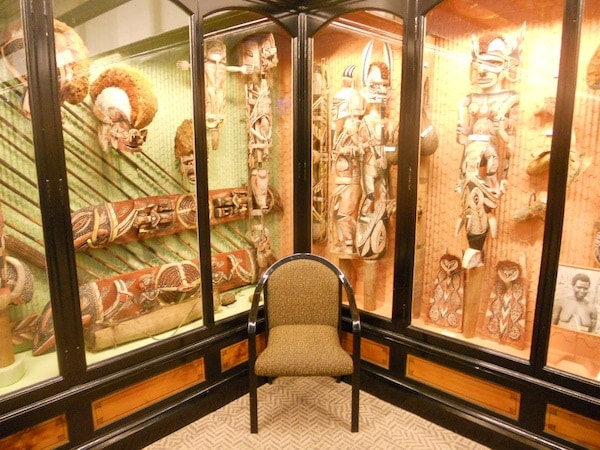
Image by Michael Coghlan (flickr, CC BY-SA 2.0).
This educational definition of the relationship between human and non-human beings, including material and organic things, continued with the formation of museums in the nineteenth century in a myriad of ways. Museums were tasked with the cultural governance of the population. As institutions, they had to educate the masses on culture, taste, and design with their collections on art, history, and the natural world. Furthermore, they had to instil forms of behaviour into their visitors through museum visitation etiquette (e.g., talk in hushed tones, keep a respectable distance to objects, dress appropriately). And they had to exemplify the power of the nation in its ability to disciple, punish, and govern its population, including and/or especially colonial subjects. World fairs in particular became events were technological progress and empire subjugation were put on display. Often literally, as with the ‘human zoos’ in which native peoples were taken from their villages and put in an enclosure where they had to exhibit their everyday ways of life to European and North-American spectators.
Since the 1960s, museums in Euro-America have been critically questioning their educational relationship with humans as well as their connections with the material and organic things in their collections.
With the independence of former colonies and their growth into nations of their own, and with the increased ease of travel and information dissemination, museum curators have had to rethink their colonial pasts and rewrite their exhibition practices to address the many different voices and knowledge perspectives of communities. Particularly important questions have been asked in regards to non-Western knowledge practices and how to put together exhibitions that reflect myriad forms of relating to the world, to issues of ownership of objects and the right to restitution (e.g., Herero body remains in German museums), and to queries of cultural representation in regards to what objects are exhibited, whose voices are heard, and how well the curatorial staff embodies the multicultural make-up of communities. The efforts of museums to rethink their human and material relationships – to various degrees of success – has also consolidated into a reinvigorated questioning of the relationships between material and organic things themselves.
Thing-relations beyond humans
Object-Oriented Ontology (OOO) currently receives a lot of scholarly attention as an example of such thing-oriented questioning. While difficult to boil down to a few key tenets, OOO has enthused many scholars and practitioners in and beyond the museum world, because it holds that the external world exists independently from human awareness. Thus, it moves away from an human-centric perspective of relationships between things and puts humans on a democratic and equal footing with all other things (as opposed to, for example, phenomenology). The focus for OOO is on the properties of things and how they impact on their direct and indirect environment instead (Bryant 2011; Harman 2018). One example to grasp this non-human centric effort to understand relations in a democratic and equal way is this: say, I have a blue mug on my desk. As a OOO scholar, I would state that the colour of the mug is one of the properties of this object, next to its spatial shape, texture, temperature, etc. However, I would not classify this colour as its true colour. Blue is the colour I see – it is my relation with the properties of the mug and the lightness or darkness of my environment – but in principle the mug has an infinite number of colours. Its colour is dependent on the relation the mug enters into and there are a multitude of relations with things available to it at all time (Bryant 2011: 77). For a non-human being with a wider visibility spectrum, the mug might have a different colour – one which we cannot experience – or it might perceive the mug in a completely different manner than colour, like as a light wave or a dust-like fog.
What is next?
The focus Object-Oriented Ontology places on the properties of things and the myriad of ways in which these properties enter into relations with other things – next to and beyond humans – also makes this philosophical approach of specific interest to the introduction of this thematic week.
Because the aim of the essays in this thematic collection is to draw attention to the secret, hidden, and alternate lives of objects.
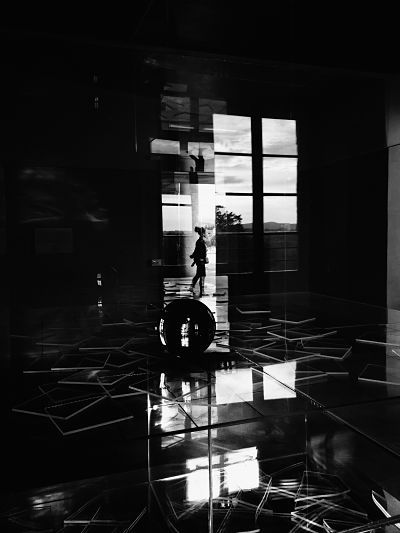
Image by photographer Mia Felicita Bertelli (flickr, CC BY 2.0)
Lives that – through different material configurations – question the possibly taken-for-granted relationships we as humans might have with these objects, and which thus highlight other potentials for being. The essays that have been brought together here expose these un(der)revealed lives through textual and visual forms. They aim to elicit knowledge and understanding through a fully embodied approach, provoking and questioning our minds and our senses. Finally, the essays have been ordered – curated – to inspire not only a conceptual thinking about human and non-human, material and organic, relations, but to explore these relations by doing.
Lauren Reid starts the thematic week with an essay on artistic strategies from the contemporary art world to open up the meaning of objects. Specifically, she focuses on strategies that have the potential to overcome the still common traditional exhibition presentations that arose from the colonial legacies of museums and can support the much needed decolonisation efforts of museum institutions. On Wednesday, you will have the privilege to experience a new artwork from renowned interdisciplinary artist Brook Andrew who examines dominant narratives, often relating to colonialism and modernist histories through museum and archival interventions. We conclude this thematic week on Thursday with an exhibition of photographs from Allegra’s own extensive archive. These images have previously been incorporated as extras to written essays, but will now enter into a stand-alone relationship with each other.
We will not publish an essay on Friday. Instead, we have left this day open as an invitation to reflect on the secret, hidden, and un(der)revealed relations of objects and to provide a space for you to share your impressions, stories, or comments with us on Allegra’s website, Facebook, or Instagram. We also very much welcome opportunities for future collaborations to follow-up on this thematic week. And we would be eager to hear from you if you have experience curating exhibitions that expose alternative lives of things, have an artistic practice that critically examines dominant narratives, or research decolonisation efforts in museums, and want to comment on the essays presented this week with an essay of your own.
The efforts toward institutional decolonisation in and beyond museums are both necessary and urgent today. With this introduction, I have tried to contextualise this necessity and urgency through a reflection of the hidden and revealed relationships at the heart of museums between human, non-human, material, and organic things.
My aim, through this perspective of thing-entanglements, has been to show how some aspects of these relationships are clearly informed by colonialism (e.g., World Fairs), while others are less-clearly so (e.g., the organisation of collections by historical time or geographical era). In doing so, I hope I have made clear that decolonisation is not limited to a particular corner of the museum, but that it impacts all aspects of doing and thinking about museums. Because, we stand to gain much from a critical re-evaluation of the lives of things in museums, and a firm commitment to decolonisation efforts. Lauren Reid and Brook Andrew’s excellent contributions emphasise this point even more. And they both also show very well what such a commitment may look like in practice. Now, let us continue and explore these human, non-human, material, and organic relationships between things further.
References
Bennett, Tony. 1995. The Birth of the Museum: History, Theory, Politics. London: Routledge.
Bryant, Levi. 2011. The Democracy of Objects. Ann Arbor: Open Humanities Press.
Harman, Graham. 2018. Object-Oriented Ontology: A New Theory of Everything. London, Pelican Books.
Featured image by Giorgio Montersino (flickr, CC BY-SA 2.0)

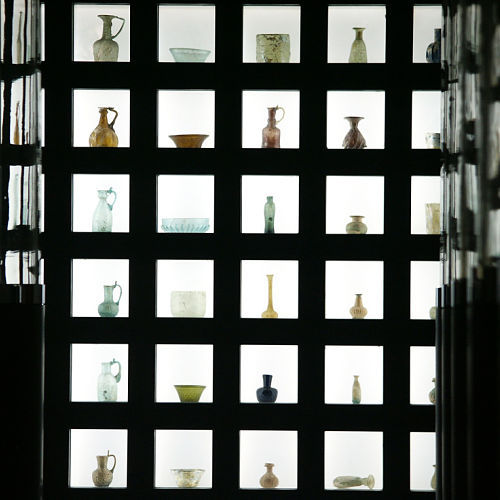

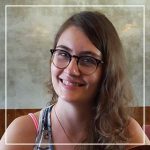



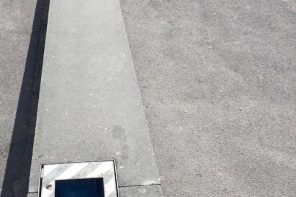

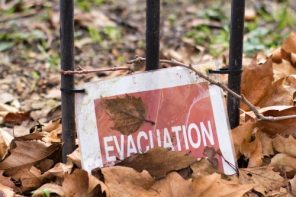
Excellent Article